Student athletes are home for their summer vacations. Some may spend a few weeks there and head right back to campus, while others might not return until the beginning of the school year in August. With them, they bring all of their necessities (furniture, clothes, etc.) from their dorms or apartments back to their homes, with the most important necessity to these athletes being their summer workout manual. This will be their strength training and conditioning guide for potentially the next 3–4 months. Simply put, these documents are critical for preparing their bodies for the upcoming season.
For me, getting the strength and conditioning manual from our coaches for the summer was always pretty exciting. Training was always something that I looked forward to doing (minus the 110-yard sprints for our conditioning test). I knew that as soon as we got back to campus, football season was only a few weeks away, so this was going to be really important.
What Happens if You Don’t Have the Right Equipment Back Home?
The biggest challenge that I faced during the summer months wasn’t necessarily due to the workouts themselves, but finding alternatives to exercises that were in our packets that fit with the type of equipment that I had access to. There were not a ton of training facilities in my hometown, and none of them had areas to do any type of Olympic lifting. They were more of the commercial-style gyms which would have only the basics (dumbbells, fixed bench-press racks, Smith machine, etc.). So training for any type of power or speed-strength with resistance was going to be a challenge. Luckily, I was a young Exercise Science major who saw this as a challenge and a way to learn and adapt to a less-than-ideal training environment.
A similar situation came about a few weeks back when I distributed the summer workout packets to all of my teams. One of my athletes contacted me and explained to me essentially the same situation that I was in from 2007 to 2011. She has access to a gym, but the facility does not have an area to do Olympic lifts, which are a staple in her team’s programming. Luckily, I understand much more now than I did back in my undergraduate years, which makes developing these alternatives easier.
Four Lifts and Their Alternative Exercises
Below you will find four common explosive lifts followed by an alternative weight-lifting exercise and a few tips on how to do them.
Snatch: Single-Arm Dumbbell Snatch
- Dumbbell starts in front of your body with wrist facing outward.
- Hinge forward at the hips to lower the dumbbell toward the floor.
- Drive through the floor with your feet and jump straight up while simultaneously pulling the weight upward with a high elbow then punching it toward the ceiling.
- Sink underneath the weight and control the catch.

Clean: Dumbbell Clean
- Start with two dumbbells outside hip-width with wrists facing outward.
- Hinge forward at the hips to lower the dumbbells toward the floor.
- Drive through the floor with your feet and jump while pulling the weight upward.
- Snap the elbows underneath the weight.
- The dumbbells should rest on your shoulders with elbows high upon completion.
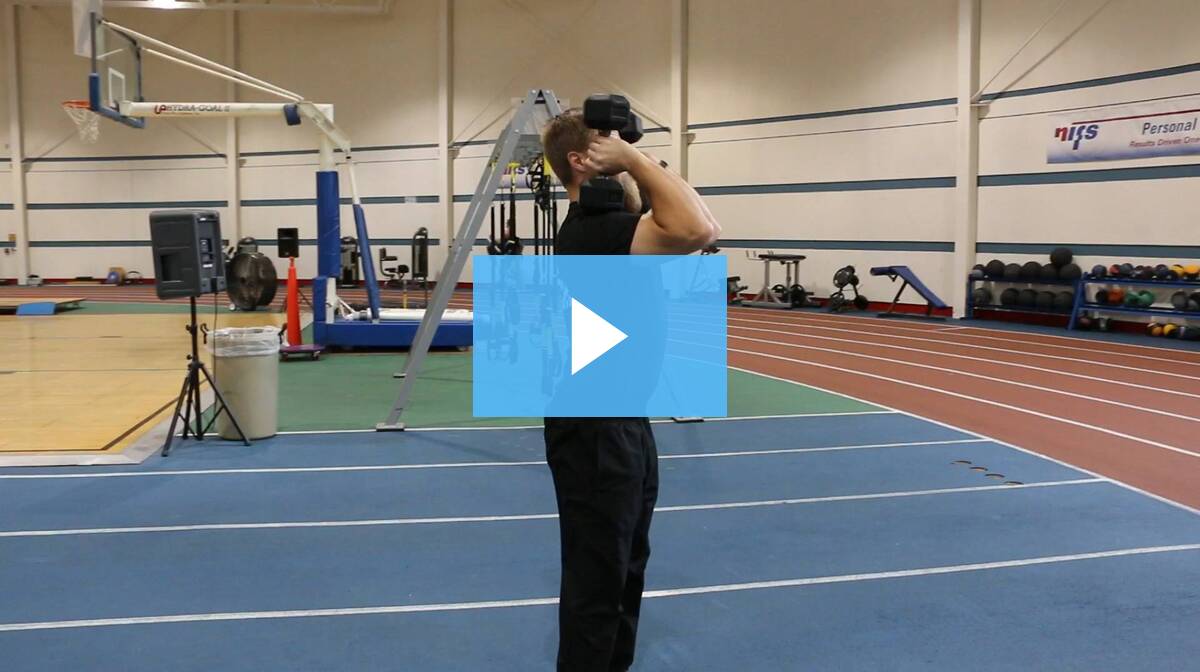
Jerk: Landmine Jerk
- Start with a bar placed in a landmine attachment or supported by a corner wall with weight plates.
- Start with feet parallel and bar close to the shoulder that you are pressing with.
- Dip your hips slightly and jump up.
- Split your feet so that the front foot is opposite the arm that you are pressing with and punch the weight upward.
- Stick the landing.
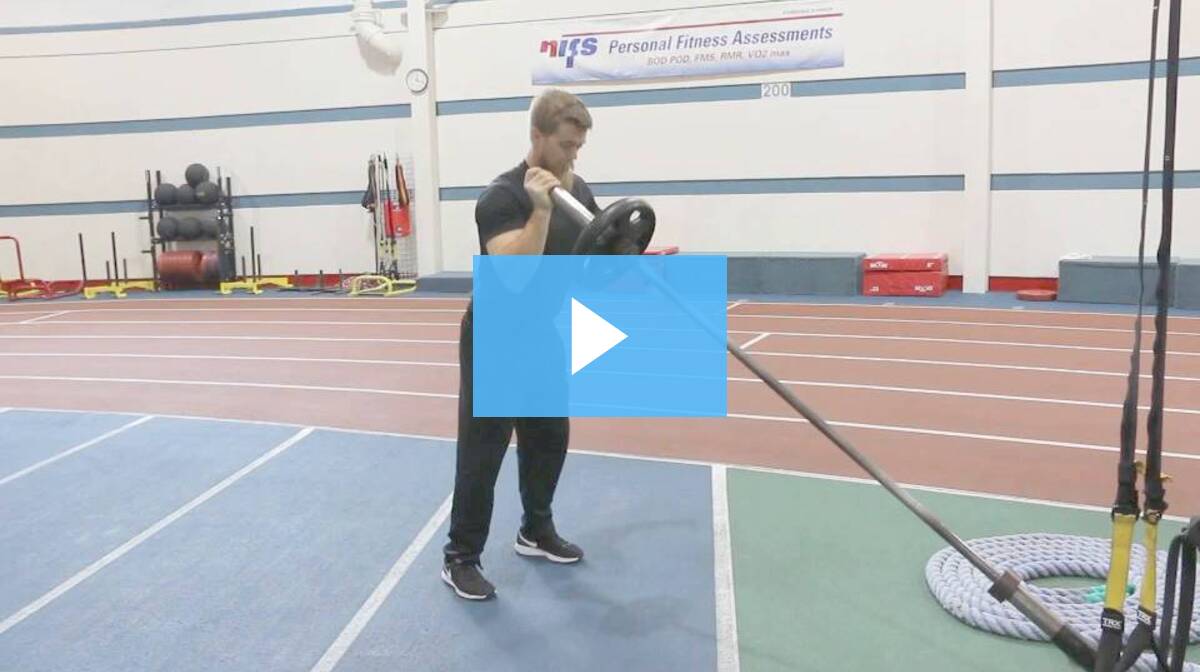
Box Jump: Landmine Squat Jump
- Start with the bar placed in a landmine attachment or supported by a corner wall with weight plates.
- Start with feet at hip width with the end of the bar slightly out in front of your body.
- Squat and drive through the floor.
- Jump as high as possible.
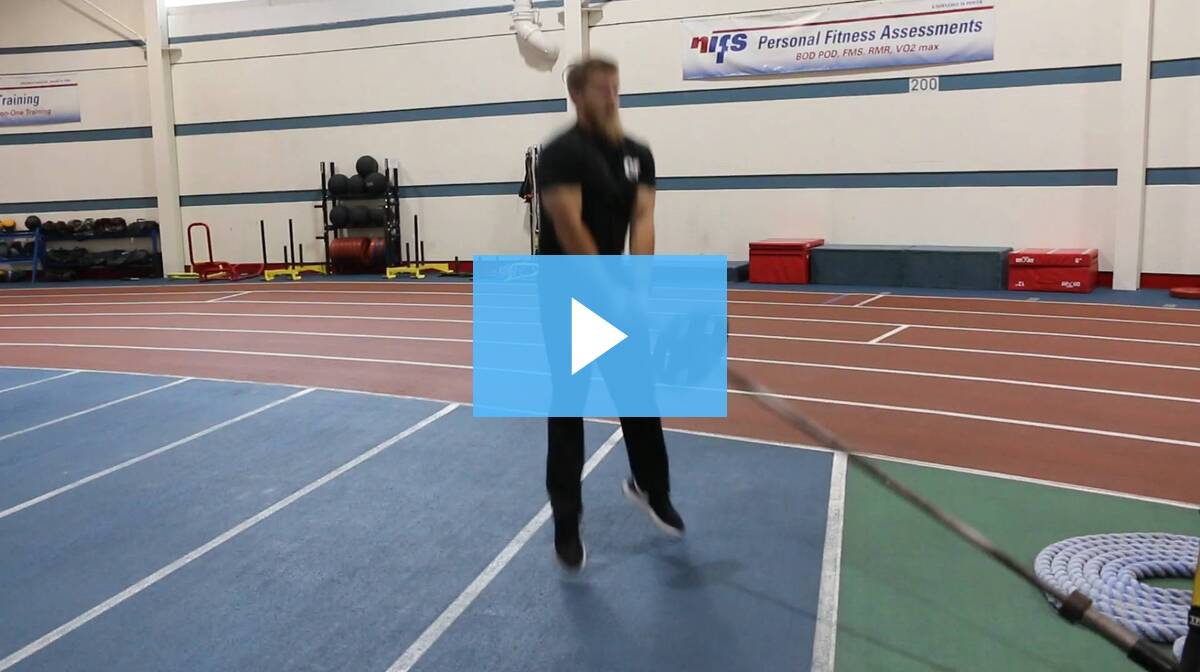
These four variations on four common power exercises will give you some flexibility if the space you have to train in is tight or if equipment is limited. They could also serve as an alternative for some of you who are looking to switch up your program for a few weeks without completely straying from these exercises. As with many of the Olympic lifts, repetitions should be kept relatively low so that you can focus on being as explosive as possible. Have fun and get after it!
This blog was written by Alex Soller, Athletic Performance Coach and NIFS Trainer. To find out more about the NIFS bloggers, click here.


 One of my favorite things to do during summer in Indiana is to visit the various farmers’ markets around the Indianapolis area. As a dietitian I am a sucker for the fresh fruits and veggies, but I also love the homemade desserts, candles, pasta, kettle corn, fresh flowers, and other wonderful items you can find.
One of my favorite things to do during summer in Indiana is to visit the various farmers’ markets around the Indianapolis area. As a dietitian I am a sucker for the fresh fruits and veggies, but I also love the homemade desserts, candles, pasta, kettle corn, fresh flowers, and other wonderful items you can find. Here are four exercises you should do if you don’t have time to do your usual routine:
Here are four exercises you should do if you don’t have time to do your usual routine:
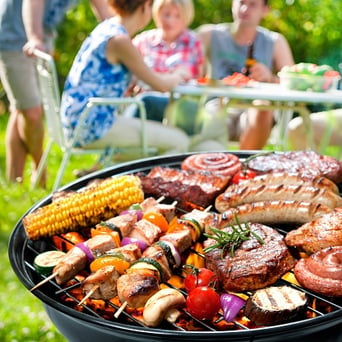 The weather is warming up, the flowers are coming out, and daylight is around much longer at night. All of these things mean one thing: time to start grilling again! Having a barbecue or cookout is a wonderful way to do a majority of your cooking because it is a healthy preparation method and leaves little to no cleanup in the kitchen!
The weather is warming up, the flowers are coming out, and daylight is around much longer at night. All of these things mean one thing: time to start grilling again! Having a barbecue or cookout is a wonderful way to do a majority of your cooking because it is a healthy preparation method and leaves little to no cleanup in the kitchen!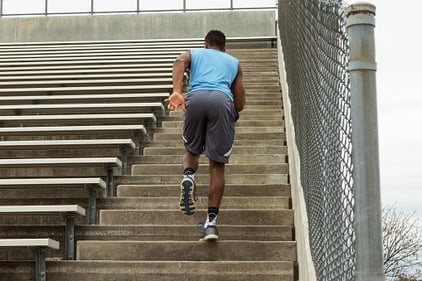 Summertime is in full swing, and whether you are a competitive or recreational athlete, changes are definitely happening to your normal schedule. For high school and collegiate athletes, more time is spent at home and for general fitness enthusiasts, more options are available to you to fulfill your exercise quota (in other words,
Summertime is in full swing, and whether you are a competitive or recreational athlete, changes are definitely happening to your normal schedule. For high school and collegiate athletes, more time is spent at home and for general fitness enthusiasts, more options are available to you to fulfill your exercise quota (in other words, 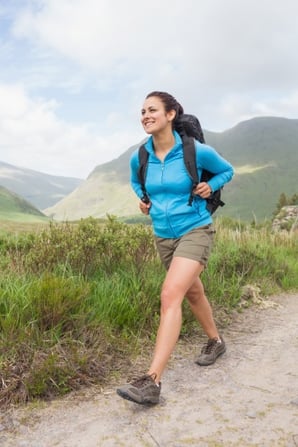 For many who enjoy the summer months for different
For many who enjoy the summer months for different 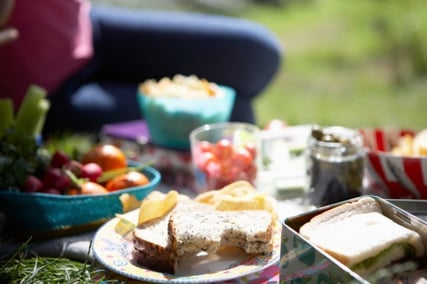 During the summer, the days are stretching longer, the temperatures are rising, and the sun is shining brighter! It’s time to enjoy the outdoors. Whenever I visit bigger cities, I notice that their parks are packed with people enjoying picnics, which is one of my favorite things to do to explore and discover a new outdoor space. So let’s bring the picnic to our local parks! Surprise your significant other, take the family out for an afternoon in the park, or enjoy time with friends playing football or frisbee.
During the summer, the days are stretching longer, the temperatures are rising, and the sun is shining brighter! It’s time to enjoy the outdoors. Whenever I visit bigger cities, I notice that their parks are packed with people enjoying picnics, which is one of my favorite things to do to explore and discover a new outdoor space. So let’s bring the picnic to our local parks! Surprise your significant other, take the family out for an afternoon in the park, or enjoy time with friends playing football or frisbee.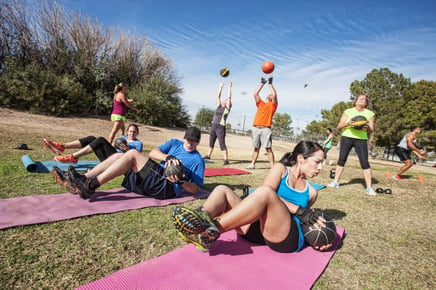 So many people have been expectantly waiting for this hot summer weather to be able to get outside for their workouts. And I can tell you that I am also one of those people; but there are some dangers behind the dog days of summer that we all need to be aware of.
So many people have been expectantly waiting for this hot summer weather to be able to get outside for their workouts. And I can tell you that I am also one of those people; but there are some dangers behind the dog days of summer that we all need to be aware of.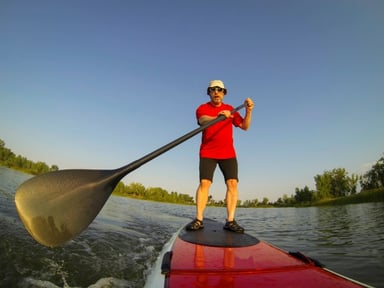 Paddleboarding
Paddleboarding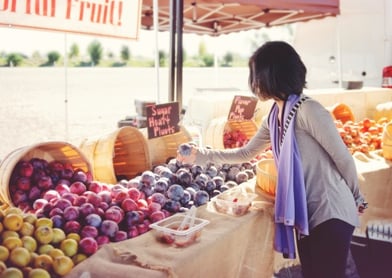 One of my favorite things to do once it is summer in Indiana is to visit the various farmers’ markets around town. As a dietitian I am a sucker for the
One of my favorite things to do once it is summer in Indiana is to visit the various farmers’ markets around town. As a dietitian I am a sucker for the